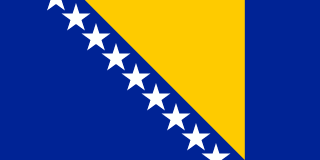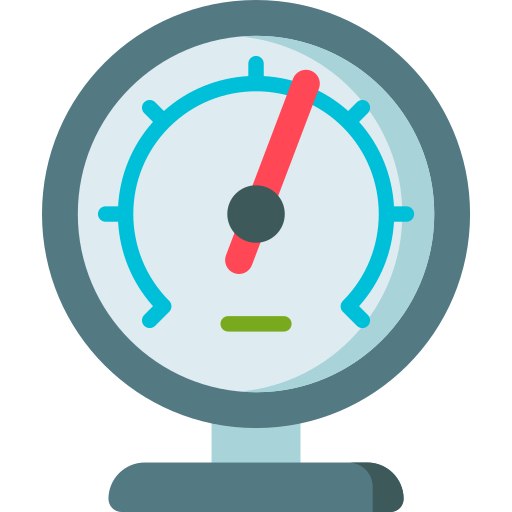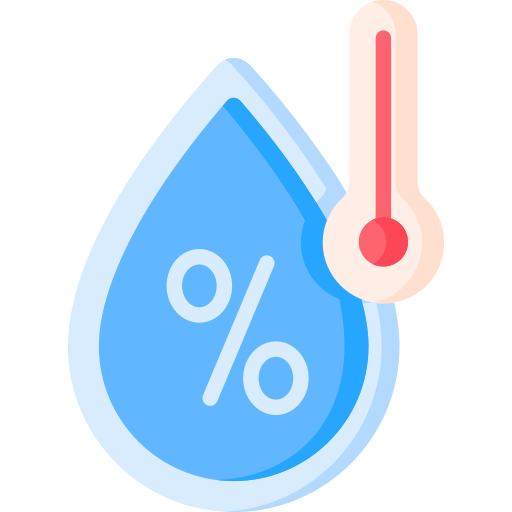Sarajevo - Introduction

About Sarajevo
Sarajevo ( SARR-ə-YAY-voh) is the capital and largest city of Bosnia and Herzegovina, with a population of 275,524 in its administrative limits. The Sarajevo metropolitan area including Sarajevo Canton, Istočno Sarajevo and nearby municipalities is home to 555,210 inhabitants. Located within the greater Sarajevo valley of Bosnia, it is surrounded by the Dinaric Alps and situated along the Miljacka River in the heart of the Balkans, a region of Southeastern Europe.
Sarajevo is the political, financial, social, and cultural center of Bosnia and Herzegovina and a prominent center of culture in the Balkans. It exerts region-wide influence in entertainment, media, fashion, and the arts. Due to its long history of religious and cultural diversity, Sarajevo is sometimes called the "Jerusalem of Europe" or "Jerusalem of the Balkans". It is one of a few major European cities to have a mosque, Catholic church, Eastern Orthodox church, and synagogue within the same neighborhood. It is also home to the former Yugoslavia's first institution of tertiary education in the form of an Islamic polytechnic, today part of the University of Sarajevo.
Although there is evidence of human settlement in the area since prehistoric times, the modern city arose in the 15th century as an Ottoman stronghold when the Ottoman empire extended into Europe. Sarajevo has gained international renown several times throughout its history. In 1885, it was the first city in Europe and the second city in the world to have a full-time electric tram network running through the city, following San Francisco.
In 1914, Sarajevo was the site of the assassination of Archduke Franz Ferdinand by a local Young Bosnia activist Gavrilo Princip, a murder that sparked World War I. This resulted in the end of Austro-Hungarian rule in Bosnia and the creation of the multicultural Kingdom of Yugoslavia in the Balkan region. Later, after World War II, the area was designated the capital of the communist Socialist Republic of Bosnia and Herzegovina within the Socialist Federal Republic of Yugoslavia, leading to rapid expansion of its population and businesses with investment in infrastructure and economic development.
In 1984, Sarajevo hosted the 1984 Winter Olympics, which marked a prosperous era for the city. However, after the start of the Yugoslav Wars, the city suffered the longest siege of a capital city in the history of modern warfare, for a total of 1,425 days, from April 1992 to February 1996, during the Bosnian War.
With continued post-war reconstruction in the aftermath, Sarajevo is the fastest growing city in Bosnia and Herzegovina. The travel guide series Lonely Planet ranked Sarajevo as the 43rd best city in the world. In December 2009, it recommended Sarajevo as one of the top ten cities to visit in 2010.
In 2011, Sarajevo was nominated as the 2014 European Capital of Culture. It was selected to host the European Youth Olympic Festival. In addition, in October 2019, Sarajevo was designated as a UNESCO Creative City for having placed culture at the center of its development strategies. It is also ranked as one of the world's eighteen Cities of Film.
Sarajevo Current Weather
,
| Parameter | Value |
|---|---|
Wind 
|
|
Pressure 
|
|
Humidity 
|
|
Visibility 
|
|
UV Index 
|
|
Precip 
|